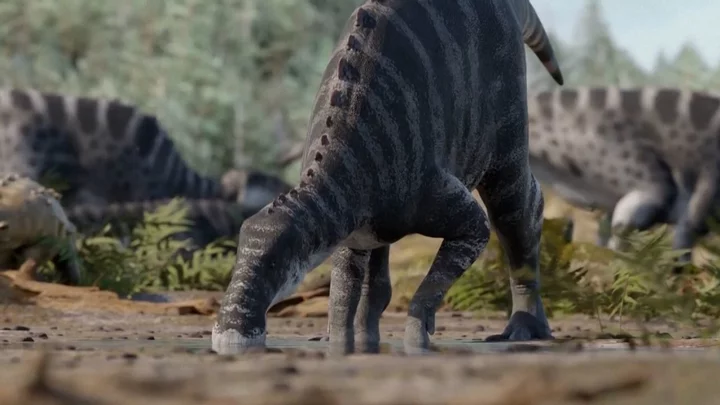It turns out that human ancestors and dinosaurs could have actually co-existed, according to new research.
Scientists have produced a study which suggested that placental mammals were around before the asteroid that brought an end to the Cretaceous period hit Earth 66 million years ago.
A new paper published in the journal Current Biology claims that fossil records of placental mammals suggests that our ancestors roamed the Earth before the extinction event, and later flourished due to the lack of competition from dinosaur species afterwards.
According to the research, primates evolved shortly before the asteroid hit.
Sign up to our free Indy100 weekly newsletter
Lead author Emily Carlisle of Bristol’s School of Earth Sciences said: “We pulled together thousands of fossils of placental mammals and were able to see the patterns of origination and extinction of the different groups.”
Carlisle added: “Based on this, we could estimate when placental mammals evolved.”
“The model we used estimates origination ages based on when lineages first appear in the fossil record and the pattern of species diversity through time for the lineage,” co-author Daniele Silvestro from the University of Fribourg shared.
While we don’t have a full picture of what human ancestors looked like at that time, it’s thought they “were small and squirrely”.
Carlisle said: “Unfortunately we don’t know what our placental mammal ancestors would have looked like back then.
“Many of the earliest fossils of placental mammals are quite small creatures such as Purgatorius – an early ancestor of primates – which was a small burrowing creature a bit like a tree shrew. So it’s likely that many of our ancestors were small and squirrely.”
Have your say in our news democracy. Click the upvote icon at the top of the page to help raise this article through the indy100 rankings.

